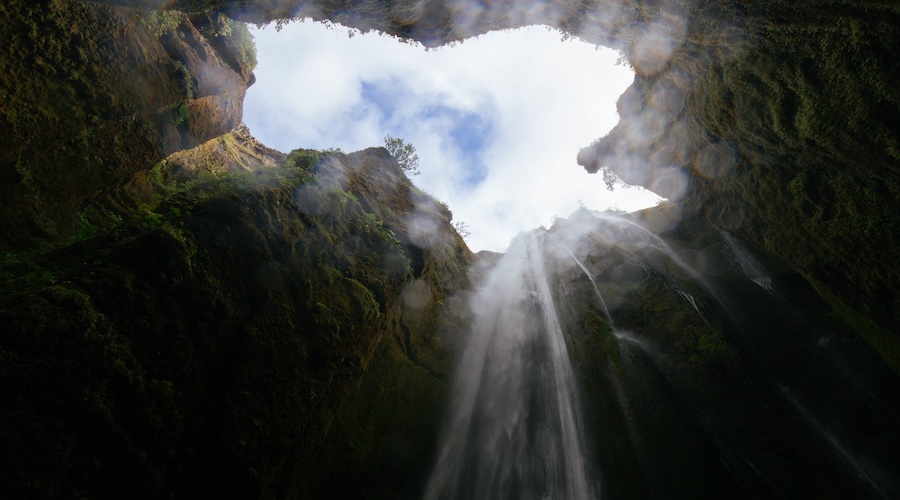
US-based researchers have completed a new high-pressure experiment employing some different styles of heating to reveal an additional mineral residing in earth’s lower mantle.
In a paper published in the journal Nature, the scientists explain that for more than seven decades, the mineralogy of the lower mantle has been studied through lab experiments, computational simulations, and the study of inclusions in deep diamonds. These studies have led to the conclusion that the lower mantle consists of three main minerals: bridgmanite, ferropericlase, and davemaoite.
Among these three main minerals, two minerals – bridgmanite and davemaoite – have both perovskite-type crystal structures. This structure is also widely known in physics, chemistry, and materials engineering, as some materials with the perovskite-type structure have shown superconductivity.
At shallow depths, minerals with similar crystal structures often merge and become single minerals, typically under a high-temperature environment.
Despite the structural similarity, however, existing studies have shown that davemaoite, rich in calcium, and bridgmanite, rich in magnesium, remain separate throughout the lower mantle.
“Why davemaoite and bridgmanite do not merge into one despite the fact that they have very similar atomic-scale structures?“ Sang-Heon Dan Shim, co-author of the Nature paper, said in a media statement. “Many attempts have been made to find conditions where these two minerals merge, yet the answer from experiments has been consistently two separate minerals. This where we felt we need some fresh new ideas in experiments.”
The new experiment was an opportunity for the research group to try various heating techniques to compare methods.
Instead of increasing temperature slowly in conventional high-pressure experiments, they increased temperature very fast to the high temperature related to the lower mantle, reaching 3000–3500 F within a second. The reason for this was that once two perovskite-structured minerals form it becomes very difficult for them to merge even if they enter into temperature conditions where a single perovskite mineral should be stable.
By heating the samples fast to target temperatures, Shim and his co-author Byeongkwan Ko were able to avoid the formation of two perovskite-structured minerals at low temperatures. Once they reached the temperature of the lower mantle, they monitored what minerals formed for 15–30 min using X-ray beams. They found that only single perovskite mineral forms, unexpected from the previous experiments. They also noticed that at sufficiently high temperatures greater than 3500 F, davemaoite and bridgmanite become a single mineral in the perovskite-type structure.
“It has been believed that a large size difference between calcium and magnesium, the major cations of davemaoite and bridgmanite, respectively, should hinder these two minerals from merging,” Ko said. “But our study shows that they can overcome such a difference in hot environments.”
The experiments suggest that the deeper lower mantle with sufficiently high temperature should have a mineralogy different from the shallower lower mantle. Because the mantle was much warmer in the early earth, the group’s new results indicate that most of the lower mantle had a single perovskite-structured mineral then, which means the mineralogy differed from the present-day lower mantle.
This new observation has a range of impacts on understanding of the deep earth. Many seismic observations have shown that the deeper lower mantle properties are different from the shallower lower mantle. The changes are reported to be gradual. The merge of bridgmanite and davemaoite is shown to be gradual in the research group’s experiments.
Also, the properties of a rock with three main minerals; bridgmanite, ferropericlase, and davemaoite, do not match well with the properties of the deeper lower mantle. Ko and collaborators predict that these unresolved problems can be explained by a merge of bridgmanite and davemaoite to a new single perovskite-structured mineral.